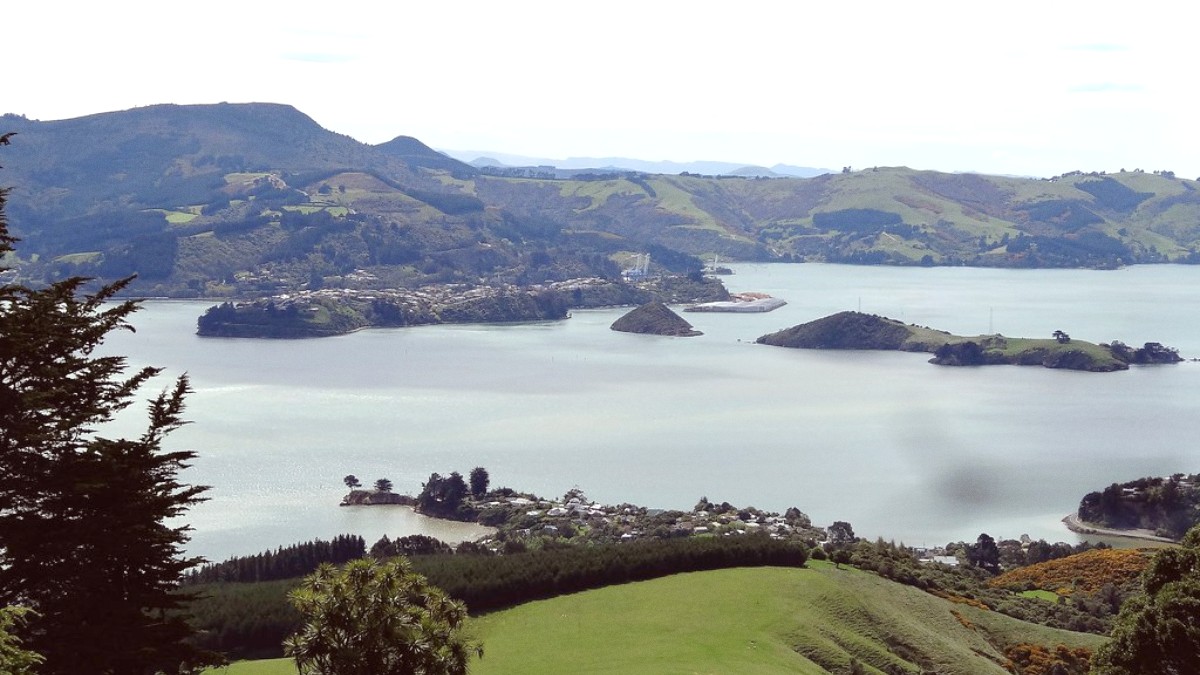
Dunedin And Otago, New Zealand
A journey to Dunedin uncovers a diverse experience, from exploring cultural institutions to discovering remote, windswept beaches. Dunedin delivers a compelling choice for travelers seeking both depth and natural wonder.
Dunedin sits strategically on the southeast coast of New Zealand's South Island. It serves as the main city of the Otago region and the second-largest urban center on the island. The city is positioned at the head of Otago Harbour, a long, deep inlet that stretches inland from the Pacific Ocean.
The city's topography is distinctly hilly, a characteristic that makes it charming and features numerous viewpoints. Prominent hills like Signal Hill (393 meters) and Mount Cargill (676 meters) overlook the urban area. These elevated points command panoramic views across the city, the harbor, and the wider ocean.
Dunedin is a special place in New Zealand's history as the nation's first planned city. Scottish Presbyterian settlers, members of the Free Church of Scotland, established the city in 1848. They envisioned a community built on strong moral and religious principles, mirroring their homeland. They named it "Dunedin," the Gaelic form of Edinburgh, Scotland's capital.
The city's early growth received a tremendous boost with the discovery of gold in Central Otago in 1861. This gold rush transformed Dunedin into New Zealand's largest and wealthiest city for a period. Immigrants arrived from around the world, drawn by the promise of riches, and the city became a bustling commercial hub.
Immense wealth from the gold rush funded grand, ornate Victorian and Edwardian buildings.
Dunedin ranks as one of the best-preserved Victorian cities in the Southern Hemisphere.
The University of Otago, established in 1869, holds the distinction as New Zealand's first university.
The city pioneered industries including brewing, engineering, and manufacturing.
Its port served as a link for trade and immigration.
The city's rich history, from its planned Scottish origins to its gold rush boom and its role as a regional leader, provides a deep layer of interest for visitors.
Its historic streetscapes and cultural institutions make Dunedin a standout destination. Exploring Dunedin means walking through chapters of New Zealand's formative years.
The strong Scottish influence remains visible in the city's architecture, street names, and cultural identity.
Dunedin presents a harmonious blend of urban activity and natural splendor, drawing visitors to its unique attractions.
Dunedin, often affectionately known as the "Edinburgh of the South," presents a blend of urban activity and natural splendor. Its population stands at approximately 134,100 people, based on June 2023 estimates from Stats NZ for the Dunedin City territorial authority.
This size offers a city with a full range of services and attractions, yet it maintains a friendly, approachable atmosphere, less overwhelming than larger metropolitan areas.
Approximately 134,100 (June 2023 estimate).
"Edinburgh of the South."
Education (University of Otago, Otago Polytechnic), healthcare, tourism, agriculture, manufacturing, technology.
Noteworthy features within Dunedin offer memorable experiences. Its well-preserved Victorian and Edwardian architecture presents a visual feast, with buildings like the Dunedin Railway Station widely regarded as masterpieces.